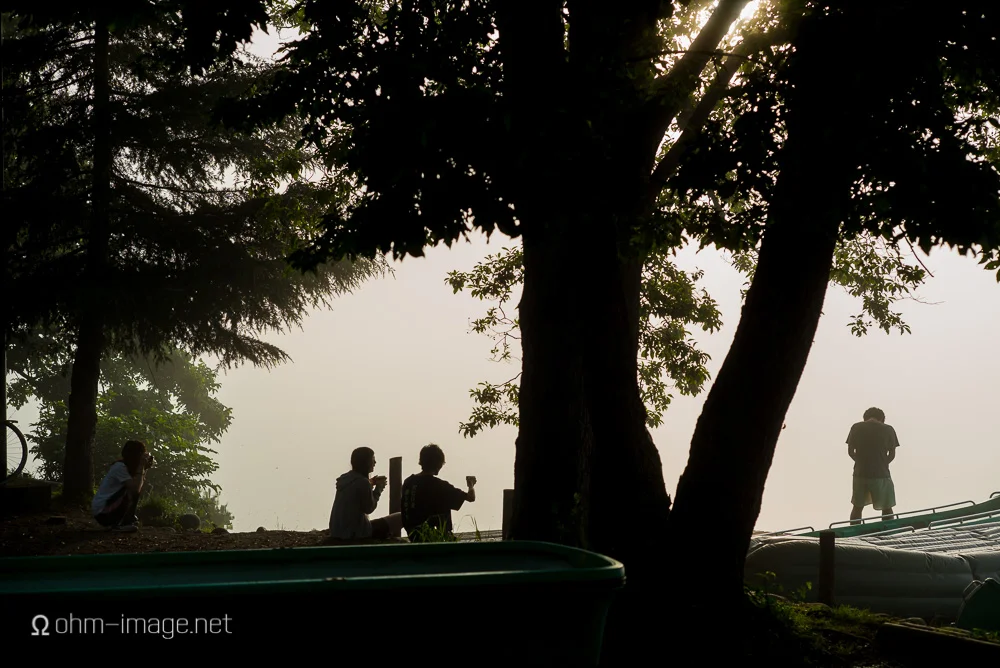UPDATE: I’ve fixed grammar, changed a few sentences, and hopefully better articulated formerly unclear portions of this article.
UPDATE II: I’ve added a video to my YouTube channel whose textual base is this blog post.
In March, I wrote three paragraphs about the V3 Summicron 50. That was a mistake. This lens deserves to be shot by a better photographer than me. It also deserves to be written about by someone that both understands and loves words more than me.
It is my favourite F/2 lens of all time.
It is small. It is sharp. It is light. It is contrasty, warm, smooth, and beautiful. It renders the nicest bokeh highlights I've seen in any moderate-speed 50mm lens, and even closes in on a few faster lenses.
Best of all, it is one of the least-popular Summicron 50s out there. As such, it can be had for a few hundred dollars less than its modern rivals. Add to that a long focus throw, and a traditional ribbed focus ring, and you get a lens whose only drawback is its close-focus limit.
The only thing that really buggers me about rangefinders is their close focus limits. A 70cm MFD is roughly 152% longer than the 46cm of a similar SLR lens. If you're a crop fanatic, it more than doubles the minimum focus distance of a 35mm APS-C lens.
Coincidentally, I wrote about that in this article: Reach: APS-C's biggest advantage over FF.
Its coatings look fantastic under both controlled and natural lighting, and its tapering barrel looks fantastic on a Leica M240:
My wife and I took a small trip to Nagano, Japan, for a bit of hiking, bicycling, swimming. There we confronted beautiful vistas, clean air, flowers, amazing fusion French cuisine, and idiotic salaried paralytics who took the party to mother nature. (Unfortunately, this sort of behaviour is the norm in Japanese campgrounds.) The lens I took along was the V3 50mm Summicron.
I left my tripod at home.
But that's okay. This is just a pictorial essay. And the following is mostly praise.
NOTE: click images to open in a light box.
Bokeh:
What I love most about this lens's bokeh is that, whilst showing beautifully soft highlights and the odd swirl, it dekes out both onions and pin cushions. Neither are its cat eyes too pronounced. Both foreground and background bokeh is smooth, and when swirling, its background never goes madly centrifugal like a Summilux-M 50 pre-asph.
Contrast:
I'll have to admit: this lens sometimes outputs images more contrasty than my preferences. Despite being a design from fifty years ago, the Summicron pushes black point fall off almost as fast as a modern lens. If contrast isn’t your thing, perhaps an older Summicron would do the trick.
The only iffy thing about the V3 Summicron is its build. Both its aperture and focus rings play more than normal for a Leica lens, and in general its parts are looser is typical for a lens of its vintage. (Even Leica go through cheap phases.)
The silhouetted images show a group of enthusiastic film photographers out on a morning shoot. They carried a twin lens Rollei, an Olympus OM, an instant camera, and a Fujifilm 6x7 bellows rangefinder.
We had a good, long chat, after I surreptitiously snapped them on the docks. If you're keen to see what and how they shoot, have a look at their instagram accounts:
yucco_camera
matsutaku0404
e_niko07
Flare:
Thanks to its long focus throw and generous focus ring, the V3 Summicron is great on any camera, native or adapted. Its focus ring glides smoothly from infinity to close focus, and is perfectly ready for journalistic work, events, and nature.
I love it even more than the APO Summicron 50 and, because it so adroitly juggles graceful OOF presentation with sharpness and flare control, I consider it the best among all of the contrasty Summicrons (V3, V4, APO).
On my way out I’ll leave you with the following collection of images. They hail from Japan as well as British Columbia.
The V3 checks all of my boxes. If you're into bokeh, it may check yours, too.
























